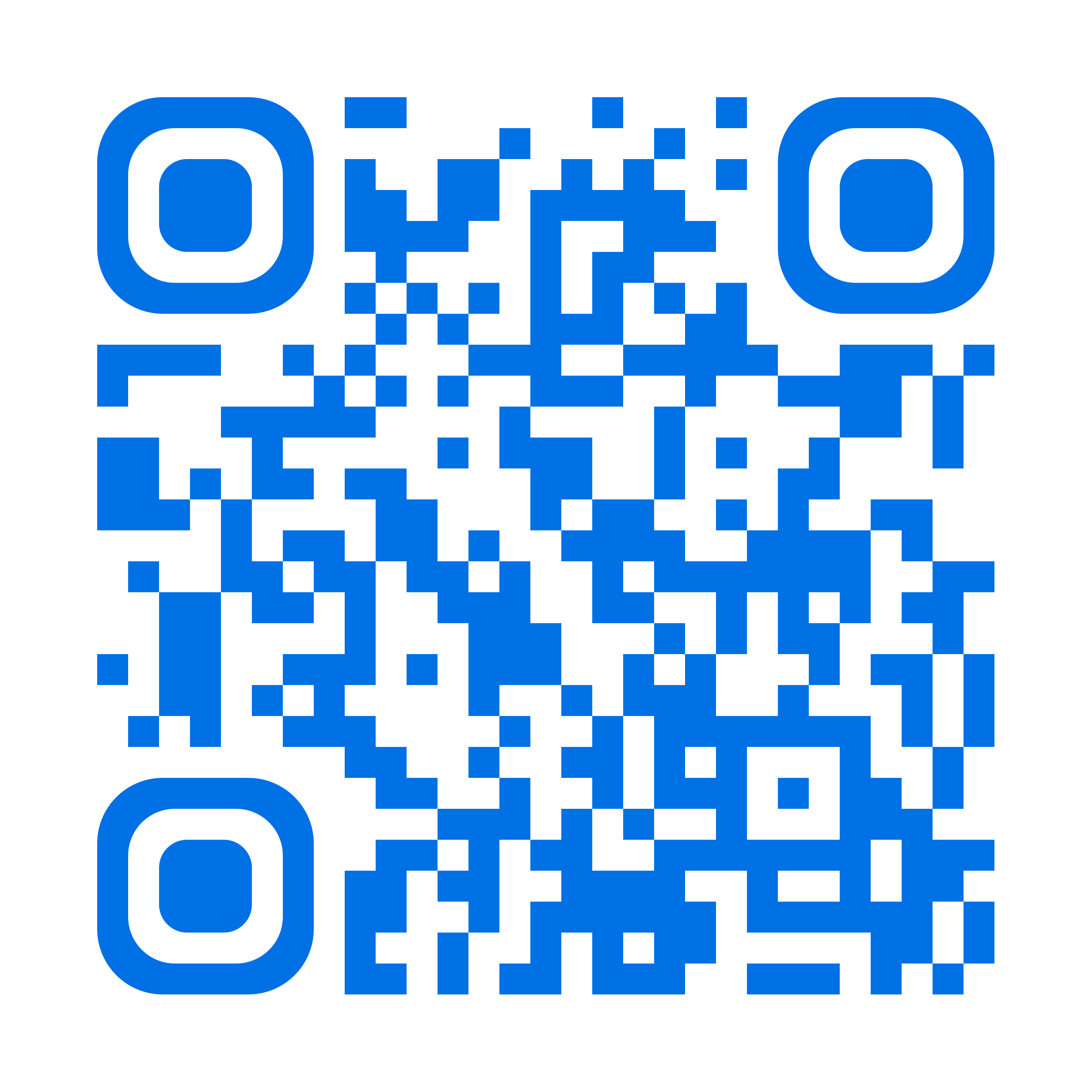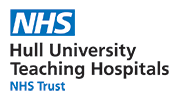- Reference Number: HEY1496/2024
- Departments: Paediatrics, Physiotherapy
- Last Updated: 31 July 2024
What is Perthes?
Perthes is a condition that affects the hip joints in children. The hip joint is a ball (femoral head) and socket (acetabulum) joint. This leaflet has been produced to give you some information on the condition but should not replace discussion between yourself and your child’s doctor.
The cause is unknown, but it is known that the blood supply to the ball of the hip is disrupted. This will eventually lead to softening of part or all of the ball of the hip. Consequently, the ball becomes soft and loses its round shape becoming more like a ‘rugby ball’ in appearance.
Ultimately the blood supply recovers, and new bone will be made in the ball part of the joint. However, the ball will not return to its original round shape.
The whole process may last 3 to 4 years from initial symptoms to full regeneration of the bone.
What are the facts?
Perthes affects children between the ages of 3 to 12 years, but most commonly begins between 5 to 8 years. It affects children at a rate of 1 in 9000.
Boys are affected four times more frequently than girls.
Occasionally both hips can be involved but onset is not usually at the same time.
What are the symptoms?
Your child may experience the following:
- Reduced movement in the hip joint.
- Pain in the hip / groin and / or knee joint, which may present as fidgeting
- Limping due to pain, muscle weakness or reduced movement.
Symptoms can vary from day to day and can occur suddenly without any reason.
How is it diagnosed?
Perthes, once established, can be diagnosed by an x-ray, however, it is difficult to diagnose in the early stages. This is because the first symptoms are due to inflammation of the joint and this does not appear on an x-ray. Therefore, your child may have had problems for 6 months or longer before diagnosis.
How is it treated?
Treatment, although important, cannot cure this condition. The blood supply recovers as part of the body’s own repair process. Therefore, the main aim of treatment is to encourage the shape of the ‘ball and socket’ joint to remain round and maintain mobility.
Consultants both within the same hospital and at different hospitals often treat Perthes differently. Your consultant may restrict certain activities, e.g. high impact / running / jumping, for part or all of the Perthes process.
If your child is in a lot of pain, he/she may require an Orthopaedic Consultant review. If the movement is very poor and the ‘ball and socket’ joint does not fit together properly then surgery may be required. This may mean your child being in plaster casts for 6 weeks or non-weight bearing using crutches or a zimmer frame.
What other treatment is there?
Physiotherapy plays a large part in the treatment of Perthes and consists of exercises to help maintain the hip joint range of movement, improve muscle power and ease pain. This may be done regularly at Hull Royal Infirmary, but you will be taught a home exercise programme to enable regular completion. Exercise and movement are good for children; therefore, they are encouraged to swim with parents if possible and participate in activities / PE, although they may have to be adapted slightly to accommodate any restrictions.
Children sometimes find walking long distances can cause pain in the hip, therefore a wheelchair, which will be referred for by your therapist, can be of benefit in these circumstances; it may need to be used to and from school but should not be required around school.
Children may find sitting cross-legged painful, especially for prolonged periods, and so they may benefit from sitting on a chair rather than the floor
What is the outlook for my child?
Children with Perthes usually recover function once new bone is formed. They may lack some movement but manage to participate in most sports and activities.
Your child may develop arthritis in later life, depending on the final shape of the hip joint and the age of the child when the condition was diagnosed. The younger a child is when they develop Perthes generally the better the outcome.
This leaflet was produced by the Children’s Physiotherapy & Occupational Therapy Department, Hull University Teaching Hospitals NHS Trust and will be reviewed in July 2027.

